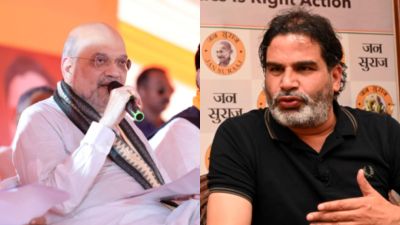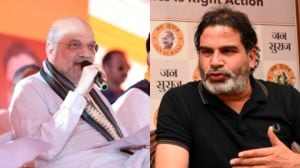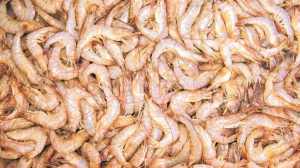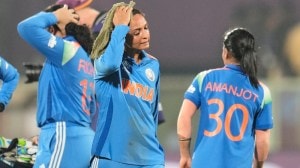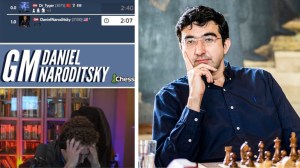Nothing like the rest
Savita Apte dislikes definitions. Almost as much as she dislikes labels that try to slot Indian art in the context of the Western movement. ...

Savita Apte dislikes definitions. Almost as much as she dislikes labels that try to slot Indian art in the context of the Western movement. Sotheby’s new consultant for Modern and Contemporary Indian Art, this 40 year old was in Mumbai as part of the run-up to the Asia Week, starting June 18, 1998 in London.
A week-long event filled with lectures, tours and culminating in an auction, this is the first time Indian art is being clubbed with other South Asian art. The reason: to help Indian art reach a wider market and "to break barriers". Apte, who joined Sotheby’s in January 1997, is determined to change the way the outside world looks at India. Says she, "There are several myths about Indian art. The first that nothing about art in India, in the 20th century, is relevant. Even after making that leap of faith, it is said that Indian art is derivative of Western art. We have never had movements so we cannot pigeonhole art in the Western tradition. They have a linear tradition, we are cyclic. It’s a spiralthat in its swing ever so often touches a Western point."
So whether it is a Raja Ravi Verma or a MF Husain, Apte would prefer not to use titles like Modern Art or Progressive Art. She believes the concerns of all urban artists are the same and expressed the same way. "Before Western Art even reached there, we were Post Modern right from expression to assimilating influences that were not indigenous. Raja Ravi Verma is the father of Modern Art in as much that he mastered an academic tradition of using oils. But he subverted it and used indigenous themes," says Apte.
The Warsaw-based Masters in Contemporary Art, Apte’s association with Sotheby’s began during a teaching stint at their Institute. "No one there could read the Devanagri script so I would be called to decipher signatures," says she. Soon, she moved from reading names to choosing the names that went on the block and in January 1997, Apte joined the London-based auction house full time. A valuer and cataloguer, Apte has been key in puttingtogether the contemporary art and sculpture that will showcase Indian talent in an international arena. Artists like F N Souza, S H Raza, H A Gade, K H Ara and Husain feature prominently in the line up. "I prefer to choose work on the basis of a particular stage in the artist’s life. Some of the works on display will never be seen again," says Apte. To illustrate her point she points to Husain’s `Moses’, Ara’s portrait of Greta Garbo and sculptor B Vithal’s oil paintings. New artists — that is new to auction history — like Murlidharan, M Senathipaty and Jayakar have also been included.
With prices ranging from Å“500 to Å“ 15,000 (incidentally, Pakistan’s A R Chugtai pips Husain to the post and is the most expensive artist), Apte points out that a canvas is valued by looking at what it last fetched and its current value.
However, evaluating Indian art, according to Apte is a process blurred by lack of information. Most Indian artists have no record of what they painted and when it was sold. While Husainand Ganesh Pyne — "he’s a cerebral artist and almost has literature on his work" — are the exception, the rest of India’s art mart is a near void. While Apte is also not impressed with the way galleries here curate and exhibit, it is the lack of documented text that makes her despair. She is currently working on a book to rectify some of that and next year, plans to do a doctorate in Contemporary Indian Art. Which specific period? "Pluralistic," she replies, refusing to be slotted, once again.






- 01
- 02
- 03
- 04
- 05


